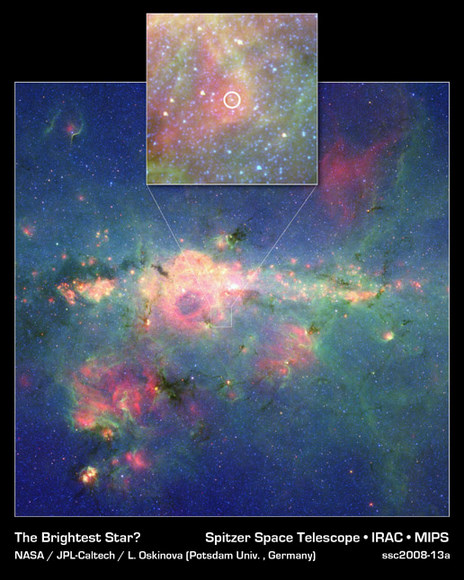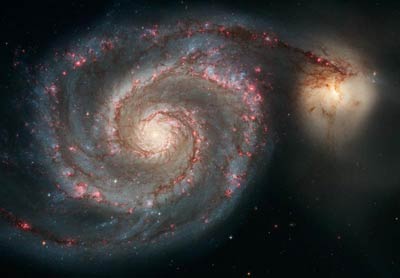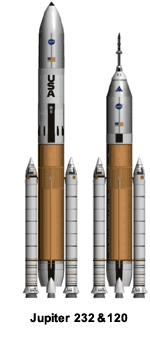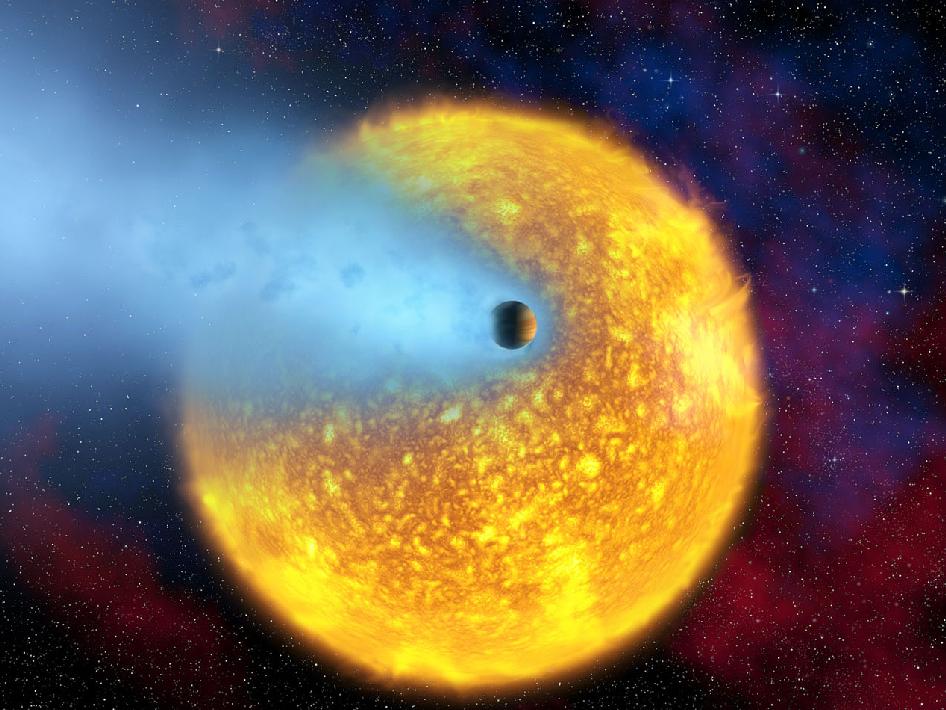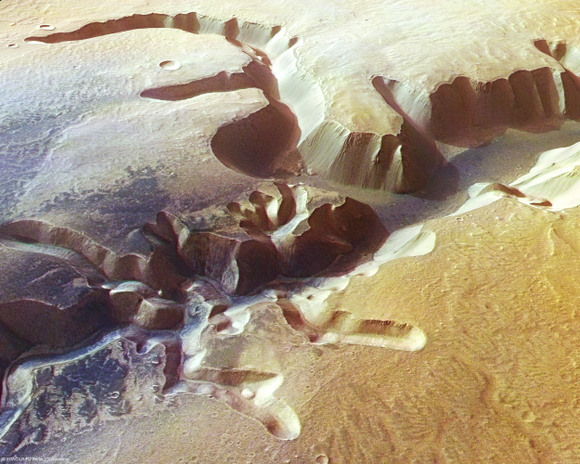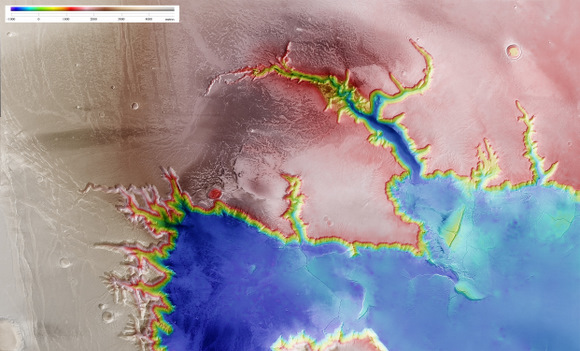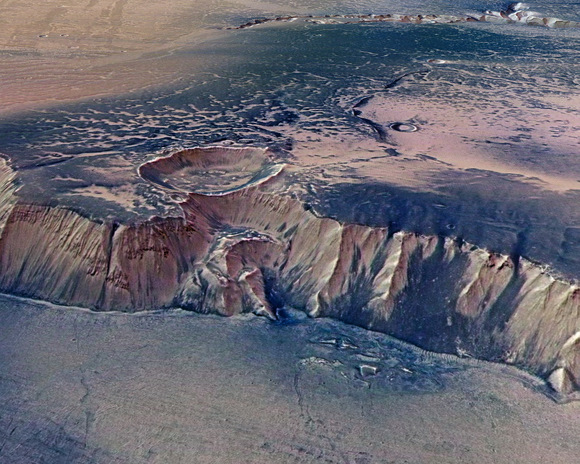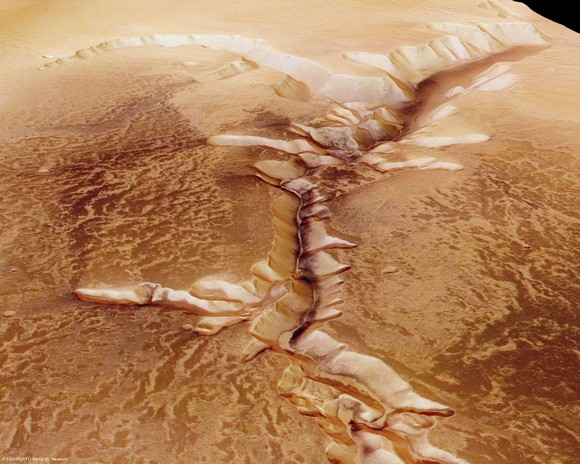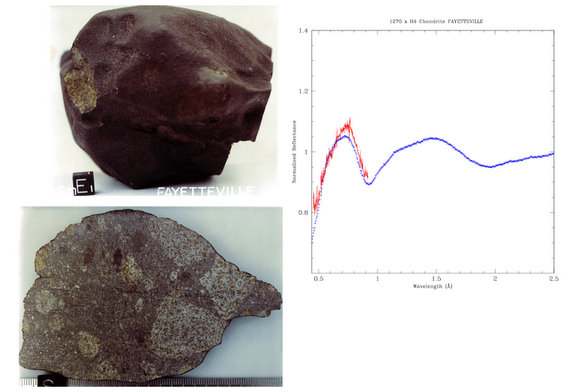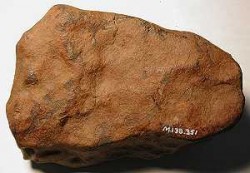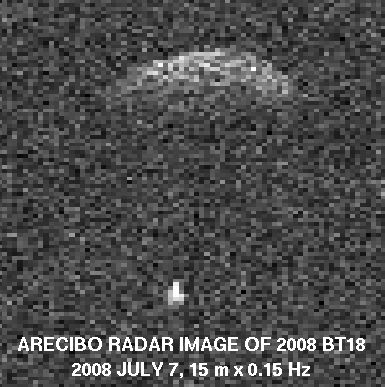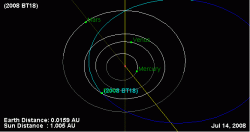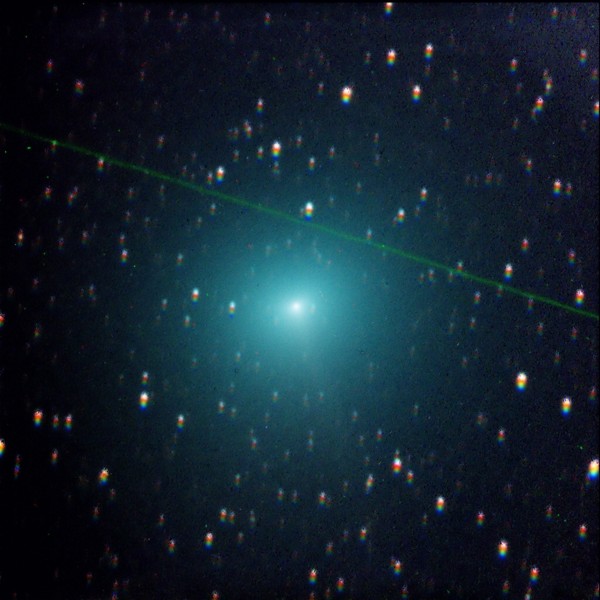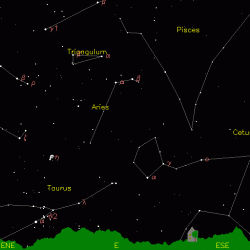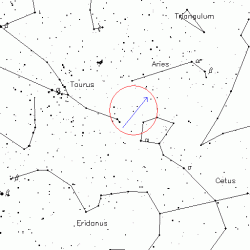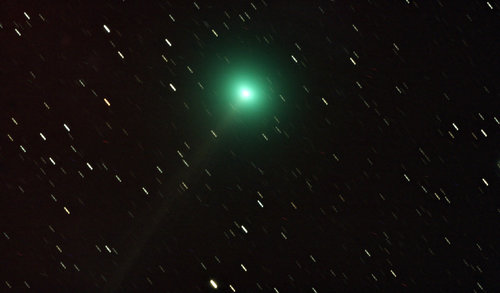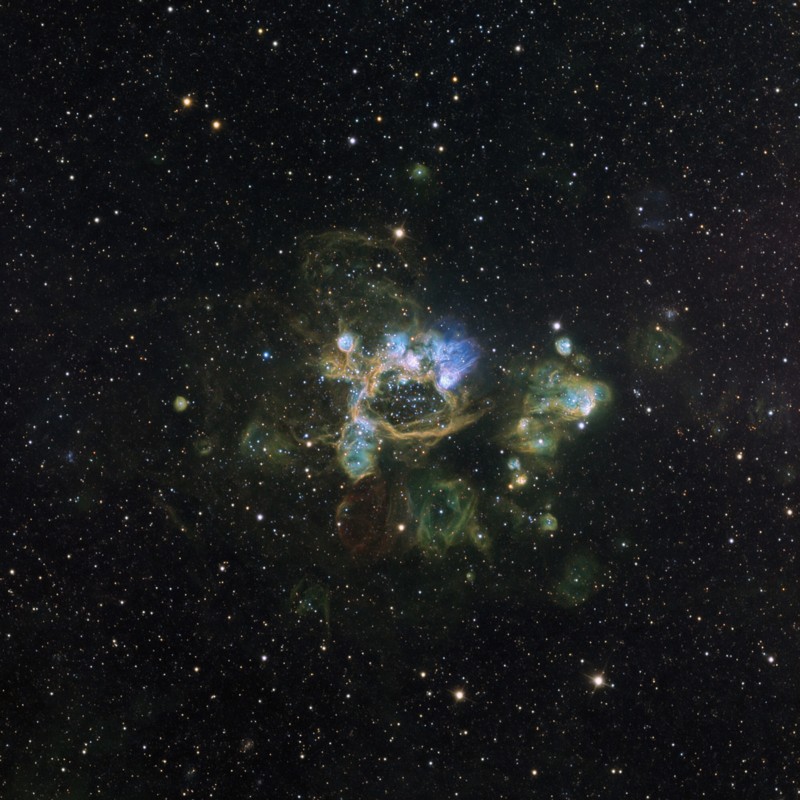The reigning champion for brightest star in the Milky Way is Eta Carinae, a highly unstable star prone to violent outbursts. Astronomers say Eta Car’s life will probably end in 100,000 years or so with a supernova explosion. That’s relatively soon in cosmic terms. But the Spitzer Space Telescope has unearthed a contender, both in brightness and in the supernova competition, found in the dusty depths of our galaxy’s center. Astronomers say the Peony nebular star might be as bright as Eta. But the biggest question may be, which star will be the first to go supernova?
Eta Carinae has the luminosity of 4.7 million times the brightness of our sun. And the new challenger, Peony, burns with the brightness of an estimated 3.2 million suns. But astronomers say it’s hard to pin down the exact brightness for these blazing stars, so they might shine with a similar amount of light.
Scientists already knew the Peony nebula star was out there, but they couldn’t get a good look at it to estimate its luminosity because of its sheltered location in the dusty central hub of our galaxy. Spitzer’s dust-piercing infrared eyes can penetrate the dust, and look into areas not visible with optical telescopes. Spitzer data was teamed up with infrared data from the European Southern Observatory’s New Technology Telescope in Chile to calculate the Peony nebula star’s luminosity.
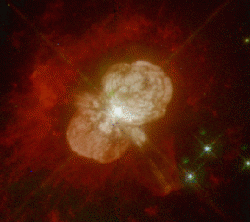
“Infrared astronomy opens extraordinary views into the environment of the central region of our galaxy,” said Lidia Oskinova of Potsdam University in Germany. “The Peony nebula star is a fascinating creature. It appears to be the second-brightest star that we now know of in the galaxy. There are probably other stars just as bright if not brighter in our galaxy that remain hidden from view.”
Peony, with its rather delicate sounding name, is really a Big Bertha of a star. Astronomers estimate the Peony nebula star started its life with a hefty mass of roughly 150 to 200 times that of our sun. It is a type of giant blue star called a Wolf-Rayet star, with a diameter roughly 100 times that of our sun. That means this star, if placed where our sun is, would extend out to about the orbit of Mercury.
Stars this massive are rare and puzzle astronomers because they push the limits required for stars to form. Theory predicts that if a star starts out too massive, it can’t hold itself together and must break into a double or multiple stars instead.
Peony (maybe in an effort to control her weight) sheds an enormous amount of stellar matter in the form of strong winds. This matter is pushed so hard by strong radiation from the star that the winds speed up to about 1.6 million kilometers per hour (one million miles per hour) in only a few hours.
Ultimately, the Peony nebula star will live a short life of a few million years and will blow up in the most fantastic of cosmic explosions called a supernova. In fact, Oskinova and her colleagues say that the star is ripe for exploding soon, which in astronomical terms mean anytime from now to millions of years from now.
When this star blows up, it will evaporate any planets orbiting stars in the vicinity,” said Oskinova. “Farther out from the star, the explosion could actually trigger the birth of new stars.”
In addition to the star itself, the astronomers noted a cloud of dust and gas, called a nebula, surrounding the star. The team nicknamed this cloud the Peony nebula because it resembles the ornate flower.
Eta and Peony. Deceptively petite and delicate names for such big stars about to go boom.
Let the competition begin!
News Source: JPL

